Drug Scheduling and How it Works (or Doesn’t Work)
Drugs have been a long-standing elephant in the room when it comes to governing. After all, how is a government expected to fairly classify drugs and decide which ones have medicinal value and which ones should be described as illicit? How do you determine which substances should be subject to drug testing? Most legislators understand that you can’t have an “all or nothing” approach to drug prohibition, so what kind of system should be put in place to ensure the safety of the populace?
This, no doubt, was in the thoughts and hearts of lawmakers all over the country when President Nixon’s administration introduced the Controlled Substances Act (CSA) in 1970. However, some long-standing designations are no longer reflective of medical science, leading many to argue for an overhaul of the drug scheduling process.
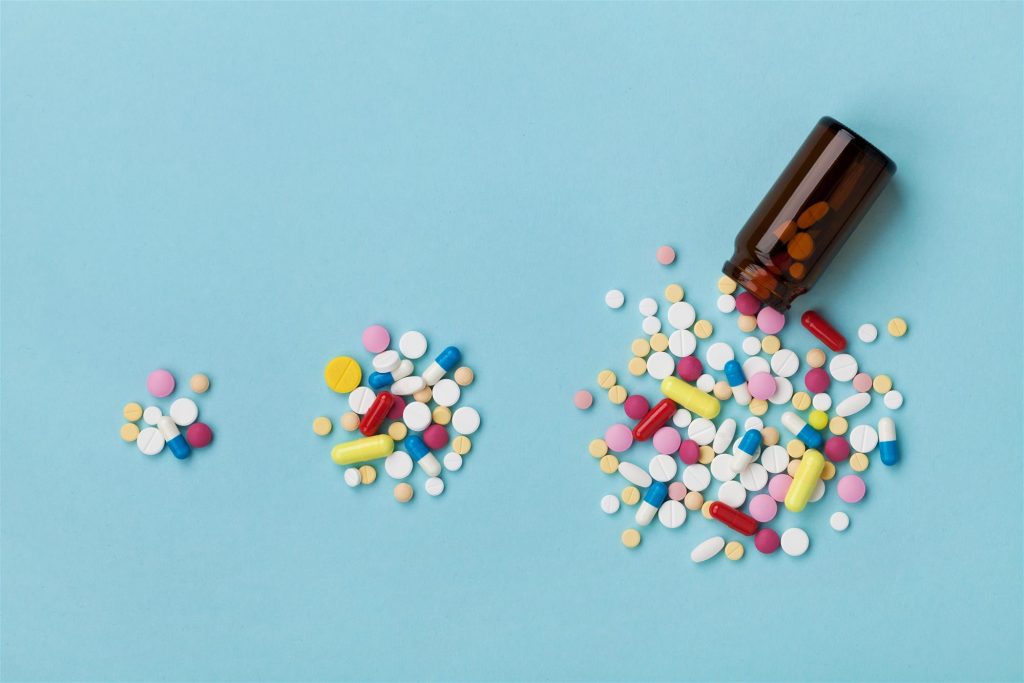
How Drug Scheduling Works
The system puts all drugs on a spectrum, labeling Schedule 5 drugs as safer and less addictive, and Schedule 1 drugs as very dangerous and highly addictive. According to the CSA, all drugs must obtain a New Drug Application (NDA) through the FDA before being introduced to hospitals and patients, but exceptions are made for drugs that are “generally recognized as safe or effective” (GRAS/E).
In many cases, this stops over-the-counter sunscreens, anti-fungal treatments, and analgesics like lidocaine and aspirin from having to undergo extensive testing every time a related medicine is developed.
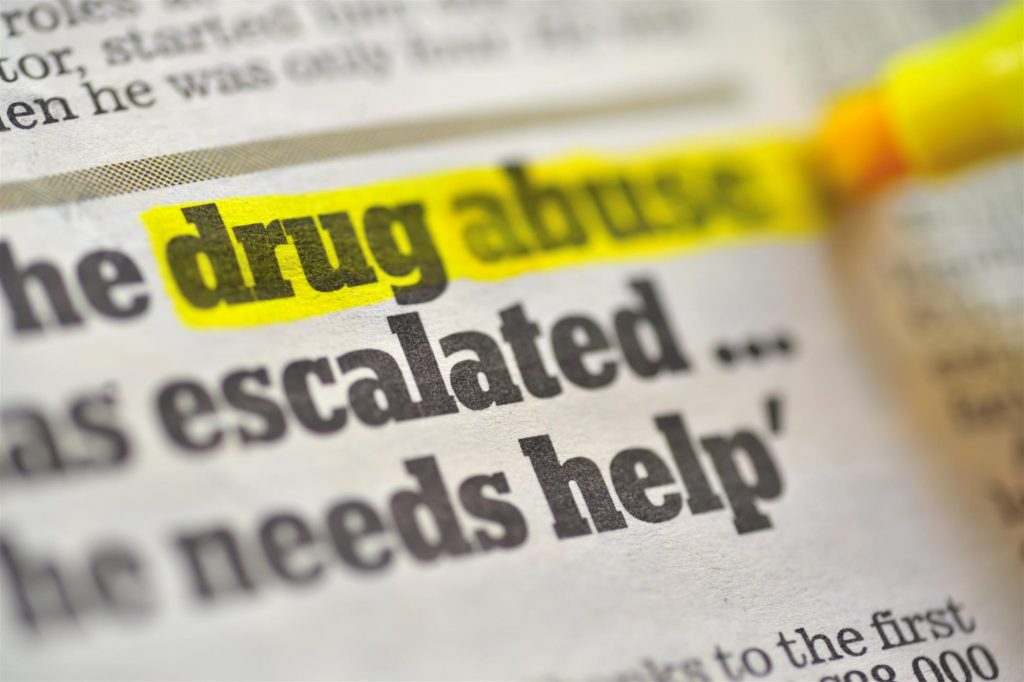
Why Drug Scheduling Matters
Drug scheduling has an impact on everything, from manufacturing, to advertisement, to transportation, to sales, to drug testing. If the Food and Drug Administration (FDA) has classified a drug as dangerous and of no medicinal value, it can be illegal at the state and federal level to produce or even simply possess it.
Unfortunately, due to the amount of money at stake during classification, it has become quite common for drugs to be classified ineffectively. Pharmaceutical companies with a vested interest in a certain trial drug may push doctors to fabricate medical reports testifying the drug’s effectiveness, or even bribe officials to classify the drug favorably. Some drugs, like alcohol or tobacco, might not even be scheduled at all. On the other hand, drugs that stand in the way of profit may be labeled unfairly and fall victim to inexplicably unfitting classifications.
We’ll describe this in further detail in a little bit. For now, let’s explore the various classifications administered to drugs by the FDA.
SCHEDULE 5 CONTROLLED SUBSTANCES:
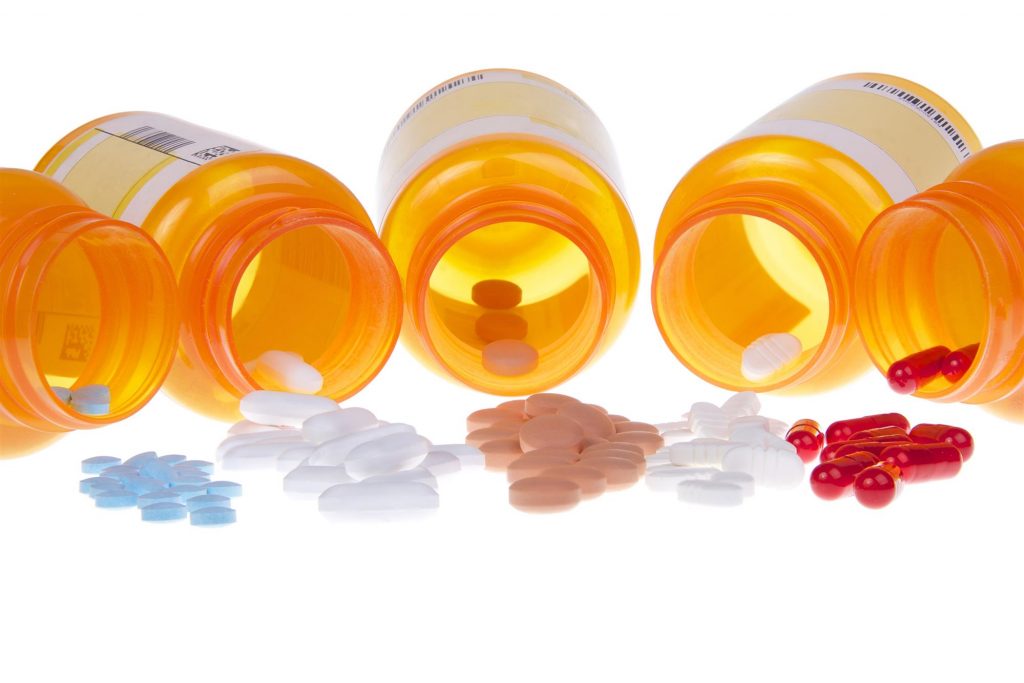
Schedule 5 drugs are known as the least dangerous drugs on the list. Although Schedule 5 drugs certainly have the capability of being abused, the odds are generally pretty low, since only small quantities of heavy narcotics are used in the preparation of these drugs. Many of these are analgesic, antitussive, antidiarrheal, or other “common” drugs that you can find over the counter at your nearest pharmacy.
A few common examples of Schedule 5 drugs are:
- Lyrica
- parepectolin
- lomotil
- Robitussin
- any cough syrup with less than 200 milligrams of codeine
SCHEDULE 4 CONTROLLED SUBSTANCES:
Schedule 4 drugs are typically considered to be non-addictive, but the effects of these substances have led researchers to move them up into a category that requires a prescription. Even though users have been known to sometimes abuse Schedule 4 drugs, they are generally thought to be less dangerous and have more medicinal value than the substances in Schedule 3.
Some well-known Schedule 4 drugs are:
- Valium
- Ambien
- Tramadol
- Ativan
- Darvocet
- Xanax
SCHEDULE 3 CONTROLLED SUBSTANCES:
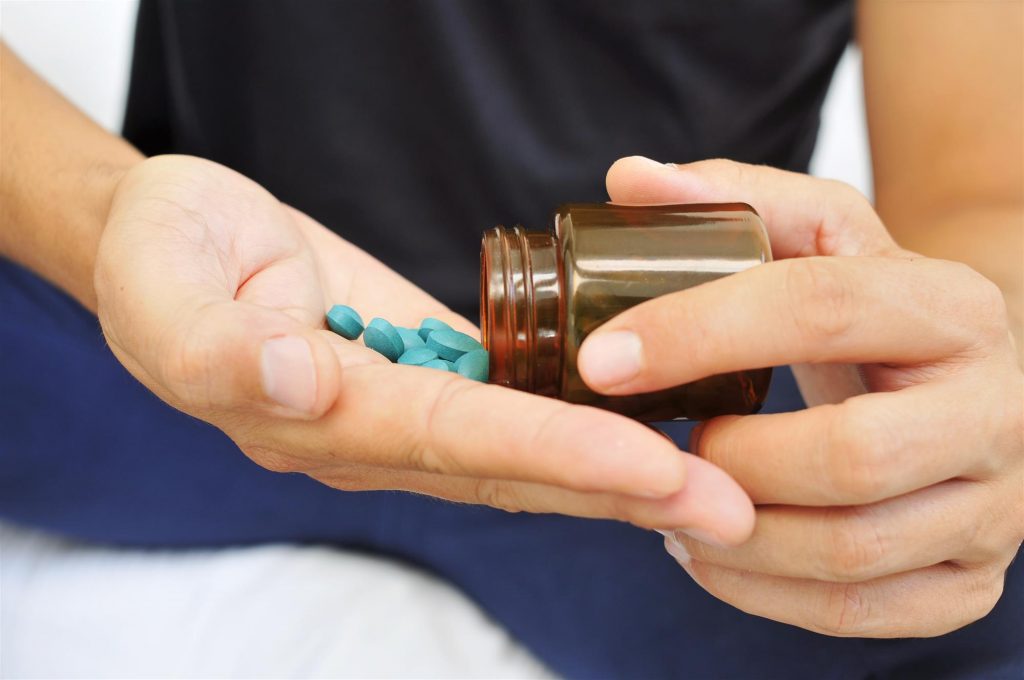
Although Schedule 3 drugs have less of a potential for abuse than drugs from Schedules 1 & 2, they are still considered to be pretty risky. These are drugs that shouldn’t be taken lightly, as they could eventually lead to moderate physical addiction, or high psychological dependence.
In many cases, Schedule 3 drugs are prescribed to help reduce pain. Because of their strong sedative effects, some substances classified at Schedule 3 and above can be called “narcotics” in their own right, as opposed to Schedule 4 & 5 drugs that only contain partial narcotics. Although Schedule 3 drugs aren’t abused quite as often as those from Schedules 1 & 2, there are a number of people with addictive personalities that become dependent on drugs like Vicodin or Ketamine quite easily.
Examples of Schedule 3 drugs and narcotics are:
- Vicodin
- Tylenol with Codeine
- buprenorphine (like Suboxone)
- ketamine (horse tranquilizers)
- phendimetrazine
- benzphetamine
- anabolic steroids like Depo-Testosterone.
SCHEDULE 2 CONTROLLED SUBSTANCES:
Drugs in the Schedule 2 column are widely regarded to have a very high potential for abuse. Addiction to Schedule 2 controlled substances is very common, as the group includes a number of narcotics, stimulants, and other extremely powerful substances. However, because these drugs still have quantified medicinal value, they are still accepted in certain patients.
Take caution: drugs that are Schedule 2 and above officially carry their own list of possession felonies with them, and most of them show up on a basic 5-panel drug test.
A few example of these “hardcore” drugs are:
- methadone (Dolophine)
- meperidine
- oxycodone (Percocet, OxyContin)
- fentanyl
- morphine
- codeine
- opium
- amphetamine (Dexedrine, Adderall)
- cocaine
- methamphetamine
- methylphenidate (Ritalin)
SCHEDULE 1 CONTROLLED SUBSTANCES:
These drugs are considered to be the “worst of the worst.” Highly addictive, massively dangerous, and with no accepted medicinal value, these illicit drugs carry their own special set of legal circumstances. Manufacturing, production, transportation, and sales are put under extremely strict lockdown, making them ideal for black market trade.

According to the FDA, substances in Schedule 1 cannot be used safely, even under medical supervision, and lead to extremely high rates of physical and psychological dependence.
Below we’ve listed the most common Schedule 1 drugs. You may notice that one of these things is not like the other.
- heroin
- lysergic acid diethylamide (LSD)
- peyote
- methaqualone (Quaaludes)
- methylenedioxymethamphetamine (Ecstasy)
- marijuana (also known as Pot, Weed, Herb, Bud, Ganja, and Mary Jane)
Wait, What? How Is Marijuana a Schedule 1 Narcotic?
If you’re wondering how one of the most commonly used substances on Earth ended up on the FDA’s list of most dangerous drugs, you’re not alone.
While it takes a little bit of research to determine how this could have happened – and, more importantly, how it has remained this way – history can give us an idea of where to begin.
In response to the drug-fueled 60s, lawmakers urged President Nixon to consider stricter prohibition against certain types of illicit substances. The Nixon administration performed a great deal of research on which drugs were being abused (and by whom) before finally reaching their conclusion. According to experts, there are a few prevailing theories concerning how marijuana could have been misunderstood.
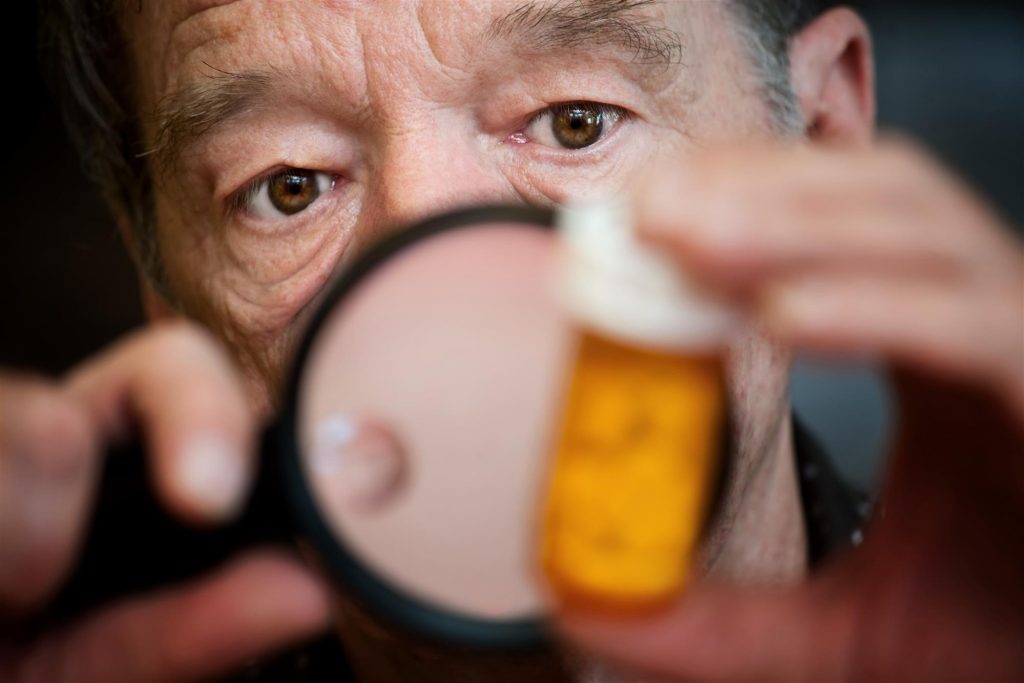
In the wake of the “reefer madness” era that convinced millions that the “devil’s plant” led to murder, rape, and mass hysteria, it’s possible that President Nixon and his administration simply overestimated the danger of marijuana, while simultaneously ignoring any of its medicinal value.
Another theory posits that the administration knew that marijuana was being consumed actively by Hispanic and African-American communities, and that they knew that scheduling it unfairly would lead to more arrests and higher surveillance of these populations.
Either way, the classification stuck. Although groups rallied to have the plant rescheduled – citing facts, research, and medical journals – the passing of the CSA was only one decade away from the infamous “War on Drugs.” Once “Just Say No” became the norm, any hope of rescheduling marijuana seemed highly unlikely.
Today, rescheduling is still largely overdue. Although state-by-state initiatives have succeeded in making marijuana available to patients (and even recreational users in some states), it still carries a heavy federal ban that keeps it taboo and makes marijuana drug tests the norm.
The majority of health organizations understand that marijuana possesses healing qualities, but its current federal classification makes it difficult to study for some, and impossible to obtain for others. Even when studies are produced that prove marijuana’s effectiveness, they are roundly ignored by the DEA and the FDA.

This lackluster response displays either inefficiency or corruption, neither of which would be strangers in bureaucracy. In fact, corporations with heavy investments in alcohol and pharmaceuticals have actively protested against rescheduling marijuana, as they fear legalization will interrupt their profit margins. The error is obvious, and yet it refuses to be fixed.
All in all, drug scheduling is a good thing. It helps government agents identify potentially harmful drugs from non-addictive ones, and closes the marketplace for the “wrong sort” of substances. However, the absence of alcohol and tobacco on the list points in the direction of what’s wrong.
Alcohol and tobacco are responsible for more deaths per year than any other drug on the classification system, so why do they get special treatment? As substances with industries and corporations already backing them when the CSA was passed in 1970, it seems that the only problem with the FDA’s drug scheduling system is that substances with money behind them don’t stay too high on the list for long.
Maybe that spells good news for marijuana enthusiasts everywhere.
Sources:
- https://www.fda.gov/regulatoryinformation/legislation/ucm148726.htm
- https://www.deadiversion.usdoj.gov/schedules/
- https://www.dea.gov/druginfo/ds.shtml
- https://www.ibtimes.com/why-marijuana-schedule-i-drug-1821426
Worried about an upcoming drug test? Browse through the following products and get help passing your next drug exam.